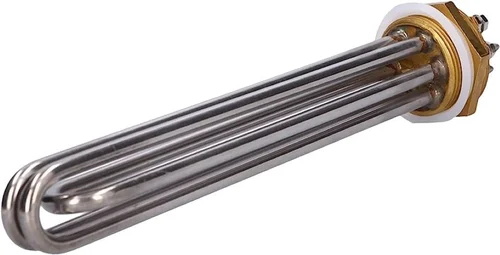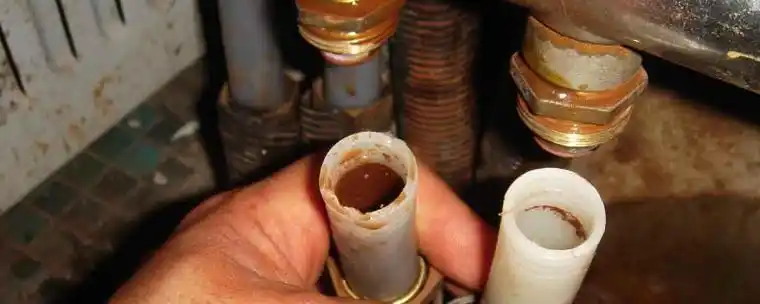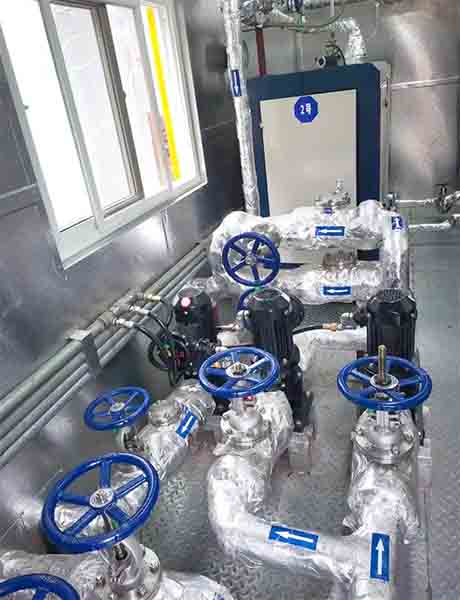Guide
Slow boiler heating? Tripping circuits? Strange odors? Decode 5 major failures of heating elements: Descaling monthly, stopping overloads instantly, replacing cracked elements immediately, testing abnormal resistance regularly, and preventing overheating via routine care. Choose eco-friendly products + standardized operation = dual safety and efficiency.
01 Heating Element Problems & Solutions
◉ Introduction & Problem Overview
Faults in heating elements compromise boiler efficiency, manifesting as scale buildup, overload operation, or installation flaws. Struggling with these scenarios?
- Boiler runs 30min but water temp only rises 10°C?
- Heating element burns out during critical production?
- Sharp odors with fine cracks on element surface?
We dissect 5 common failures below with actionable fixes to restore peak boiler performance.
◉ Scale Buildup Hindering Heat Transfer
Symptoms: Thick limescale coats the element, acting like an "insulating blanket" that blocks heat dispersion.
Solutions:
- Regular Descaling: Soak elements in white vinegar or descaler (1:10 dilution) for 30min, then gently scrub with soft brush (Monthly for normal water; increase frequency for hard water).
- Voltage Check: Use multimeter to test if voltage dips below rated value (e.g., <200V for 220V devices). Contact electricians for unstable circuits.
◉ Overload Operation & Filament Burnout
Symptoms: Continuous overuse beyond rated wattage or loose wiring causes filament fracture.
Solutions:
- Power off immediately and let the element cool.
- Replace element: Remove bolts, extract old unit, install certified-grade heating element. Tighten terminals to prevent poor contact.
- Verify: Ensure full liquid immersion (avoid dry-firing) and power ≤ rated wattage (check nameplate specs).
◉ Condensation & Ceramic Aging Cracks
Symptoms: Sudden cooling (e.g., rapid water replenishment) or material aging triggers surface cracks.
Solutions:
- Emergency Protocol: Cut main power, ventilate via manhole, replace with explosion-proof element (professional installation required).
- Safe Operations:
- Avoid adding cold water directly during heating.
- Post-shutdown: Wait until boiler cools below 50°C before maintenance.
◉ Filament Oxidation & Short Circuit
Symptoms: Internal oxidation damages filaments or insulation breakdown shorts the circuit.
Solutions:
- Resistance Test: Use multimeter. Elements with resistance deviation >20% from rated value (e.g., 220V/1000W element ≈48.4Ω) need replacement.
- Insulation Check: Measure element-shell insulation resistance with megger. Replace if <2MΩ or visible insulation damage.
⚠️ Additional Risks:
Low-grade elements may release toxic gas (high-temp coating failure) or carry surface oil residues.
- Prevention: Select lead-free, odor-free certified elements; degrease with alcohol pre-installation.
02 Daily Maintenance & Safety
◉ Maintenance & Inspection Essentials
Daily Check:
- Inspect for discoloration/cracks
- Check temperature uniformity by hand (prevent localized overheating)
Scheduled Professional Care:
- Deep clean and electrical testing (voltage/insulation/megger audits)
◉ Safety Protocols
- Always immerse elements fully to prevent dry-firing.
- Ensure ambient temps ≤ element’s thermal tolerance.
- Keep terminal boxes dry; shield from steam exposure (short-circuit risk).
- ⚡ Power off + professional installation for replacement/wiring.





